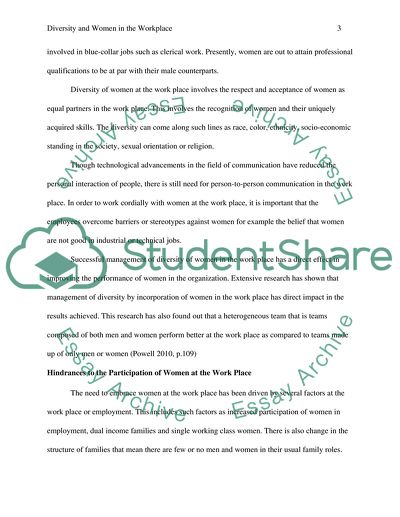Cite this document
(Diversity and Women in the Workplace Term Paper, n.d.)
Diversity and Women in the Workplace Term Paper. Retrieved from https://studentshare.org/gender-sexual-studies/1800435-diversity-and-women-in-the-workplace
Diversity and Women in the Workplace Term Paper. Retrieved from https://studentshare.org/gender-sexual-studies/1800435-diversity-and-women-in-the-workplace
(Diversity and Women in the Workplace Term Paper)
Diversity and Women in the Workplace Term Paper. https://studentshare.org/gender-sexual-studies/1800435-diversity-and-women-in-the-workplace.
Diversity and Women in the Workplace Term Paper. https://studentshare.org/gender-sexual-studies/1800435-diversity-and-women-in-the-workplace.
“Diversity and Women in the Workplace Term Paper”, n.d. https://studentshare.org/gender-sexual-studies/1800435-diversity-and-women-in-the-workplace.


